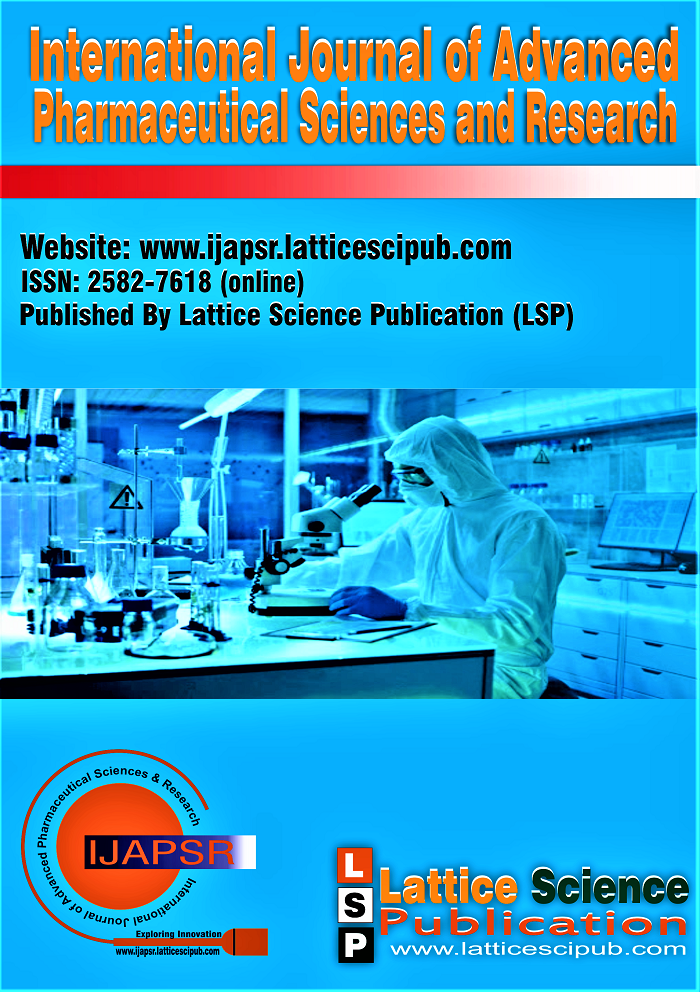Quantum Computing in Drug Discovery: A Review of Foundations and Emerging Applications
Main Article Content
Abstract
Research Problem: The traditional methods of drug discovery are time-consuming, costly, and at times ineffective. There is a need for more novel approaches that can enhance the processes of discovering new drugs and developing them into usable products. Objective of the Paper: This paper aims to conduct a review of the literature and find how the application of quantum computing can change the way drugs are discovered and processed in practice. Process of Review: The review process involved a comprehensive examination of the available literature and recent advances in the application of quantum computing to drug discovery. The review encompassed major studies, theories, and case studies related to the subject matter, aiming to identify the current state and potential future directions of the domain. Insights of the Review: 1. Primary Building Blocks: With quantum computing, superposition, entanglement, and other principles can be utilised to enable complex computations to be performed at higher speeds using less time than traditional computers. 2. Quantum modelling: Quantum computers are expected to accurately model the interactions of various molecules, which could result in the identification of viable drug candidates. 3. Drug Discovery Processes: Quantum algorithms are capable of faster processing than traditional methods when it comes to solving optimisation problems, such as protein structure prediction and molecular docking, in drug design. 4. Limitations and Challenges: As great as the promise of quantum computing is, it has its limitations and challenges, including hardware limitations, error rates, and the need for specialised algorithms. 5. Future Developments: The ongoing development of quantum hardware and algorithms is expected to enhance the practical applications of quantum computing in drug discovery, enabling the quicker and more cost-effective creation of new drugs.
Downloads
Article Details

This work is licensed under a Creative Commons Attribution-NonCommercial-NoDerivatives 4.0 International License.
How to Cite
References
Cao, Y., Romero, J., Olson, J. P., Degroote, M., Johnson, P. D., Kieferová, M., ... & Aspuru-Guzik, A. (2019). Quantum chemistry in the age of quantum computing. Chemical Reviews, 119(19), 10856-10915. DOI: https://doi.org/10.1021/acs.chemrev.8b00803
McArdle, S., Endo, S., Aspuru-Guzik, A., Benjamin, S. C., & Yuan, X. (2020). Quantum computational chemistry. Reviews of Modern Physics, 92(1), 015003. DOI: https://doi.org/10.1103/RevModPhys.92.015003
Biamonte, J., Wittek, P., Pancotti, N., Rebentrost, P., Wiebe, N., & Lloyd, S. (2017). Quantum machine learning. Nature, 549(7671), 195-202. DOI: https://doi.org/10.1038/nature23474
IBM Research. (2021). Quantum computing for molecular systems. Retrieved from https://www.ibm.com/quantum-computing/molecular-systems/
Nature Communications. (2021). Quantum algorithms for protein folding. Nature Communications, 12(1), 1-10.
DOI: https://doi.org/10.1038/s41467-021-21186-4
Nature Quantum Information. (2021). Quantum optimization for drug discovery. Nature Quantum Information, 7(1), 1-10.
DOI: https://doi.org/10.1038/s41534-021-00440-z
Nature Machine Intelligence. (2020). Quantum machine learning in drug discovery. Nature Machine Intelligence, 2(12), 1-10.
DOI: https://doi.org/10.1038/s42256-020-00261-3
Rigetti Computing. (2020). Quantum machine learning for molecular property prediction. Retrieved from https://www.rigetti.com/research
Aspuru-Guzik, A., Dutoi, A. D., Love, P. J., & Head-Gordon, M. (2005). Simulated quantum computation of molecular energies. Science, 309(5741), 1704-1707. DOI: https://doi.org/10.1126/science.1113479
Babbush, R., Love, P. J., & Aspuru-Guzik, A. (2014). Adiabatic quantum simulation of quantum chemistry. Scientific Reports, 4, 6603. https://www.nature.com/articles/srep06603





